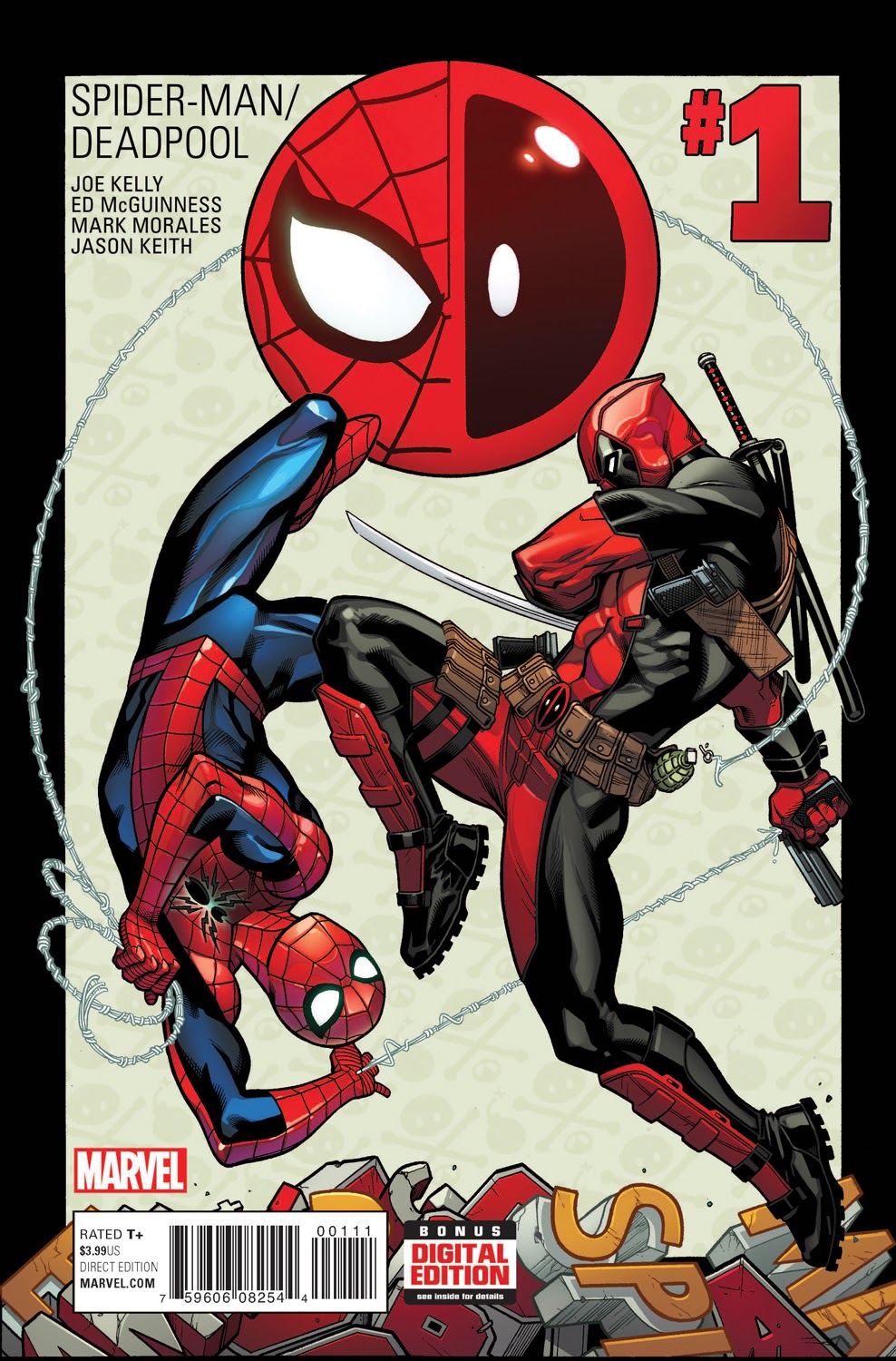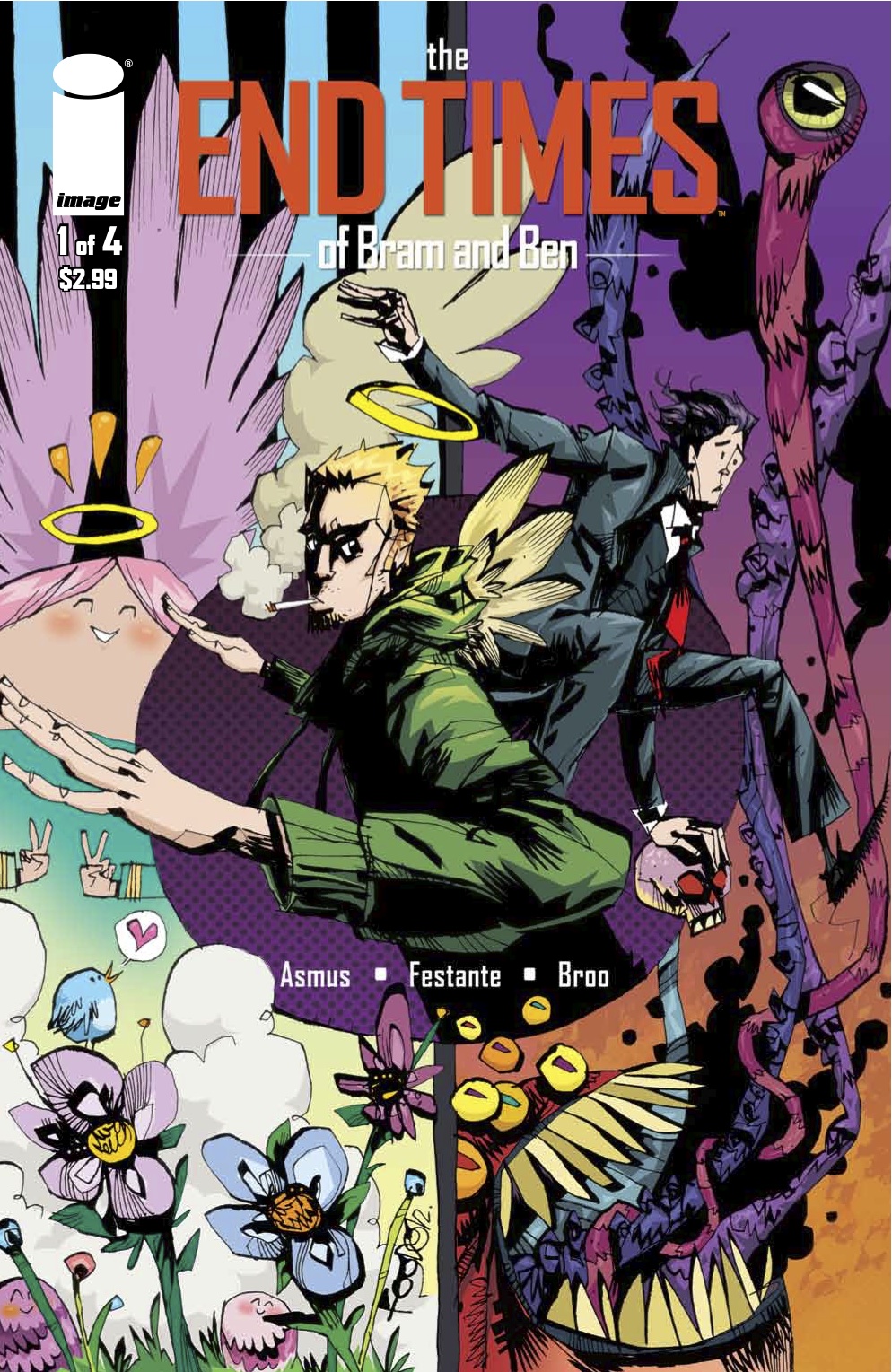Graphic Novel: V for Vendetta
Writer: Alan Moore
Artist: David Lloyd
Publisher: Vertigo
Publishing Date: September 1988 – May 1989
Column By: Max Mallet
“My youngest daughter is seven and the tabloid press are circulating the idea of concentration camps for persons with AIDS. …The government has expressed a desire to eradicate homosexuality, even as an abstract concept, and one can only speculate as to which minority will be the next legislated against. I’m thinking of taking my family and getting out of this country soon, sometime over the next couple of years. It’s cold and it’s mean spirited and I don’t like it here anymore.”
-Alan Moore, March 1988
“There aren’t many cheeky, cheery characters in V for Vendetta… it’s for people who don’t switch off the News.”
-David Lloyd, January 1990

Synopsis
England, the not-so-distant-future: fascists have vanquished the last remnants of freedom under their jackboots. Yet, one man emerges from the ashes of a better yesterday with aspirations for a better tomorrow. Equal parts rage, intellect and cunning, “V” is a terrorist to the government, a freedom fighter to the awakening masses and a mysterious mentor to one young woman. V seeks to transform a populace that’s been cowed into docility and submission.
If you enjoy 1984, Zorro or The Punisher, then this is most certainly for you. Or if you’re a politics, history, news and/or dystopian fiction junkie, this is also your slice of cake. However, if you seek out graphic novels merely as an entertaining distraction, then you should look elsewhere.
Who is V?

We, the humble readership, never learn who V is. What we do know:
- V was held in the a concentration camp that conducted experiments on four dozen victims.
- V was held in room five, or if you prefer Roman numerals, room V.
- Experiments conducted on V illuminated his enhanced physical capabilities, such as magnified reflexes and strength.
- V was the only experimentee to survive, and he used access to gardening materials to create an explosion and escape the facility.
- V is an explosives expert, has a knack for computer hacking, is proficient in hand-to-hand combat and a maestro with knives.
Alan Moore and David Lloyd introduce us to V when Evey Hammond, the leading lady (and, arguably, protagonist) of the story is confronted by government “fingermen” who discover that she’s a prostitute. When the fingermen swarm upon her, V turns the hunters into the hunted. After rescuing Evey, V loops Tchaikovsky’s 1812 overture throughout London loudspeakers across the metropolis, and destroys the Old Bailey (properly, the Central Criminal Court of England and Wales) with explosives.
V is a morally flexible character. He has no qualm with assassination, particularly if they’re government officials. The man is a societal disruptor, often espousing a disdain for censorship, conformity and authoritarianism. V prefers Shakespeare, jazz and anarchy.

V is not just morally ambiguous, but… generally eclectic. His politics are mostly to the left, and he seeks to build a better tomorrow. However, he does so by donning pre-European Enlightenment clothing and wearing his signature Guy Fawkes mask. Fawkes was the English Catholic behind the Gunpowder Plot of 1605, where he attempted to destroy Parliament and assassinate King James, a protestant, as recompense for the crown’s discrimination against Catholics.

The most likely answer to the question, ‘Why does he go by “V?”‘ is because the man was ‘reborn’ in room V. There’s also the obvious connection to the Fifth of November, or “Guy Fawkes Day.” However, I’d like to propose one less obvious option: that V hijacked, or perhaps reclaimed, the letter as an homage to “V for Victory,” the Allied symbol for success against the fascist Axis powers at the end of World War Two.
Moore’s Writing and Lloyd’s Art
Alan Moore is a writer born. His writing is poetic in every single issue. He perfectly captures V’s flair for the dramatic, Evey’s wide-eyed awe and Sutler’s unapologetic authoritarianism with seeming ease. Moore creates an anxious atmosphere that’s a powder keg at volcano’s edge, and the mood lingers after you’ve set the novel down. Moore’s use of language is precise, every word well-chosen for carefully crafted prose:

But not every page is a master’s thesis of political thought. Some are more emotive and personal, serving as commentary of the individual within the controlled society:

Lloyd’s art fosters the mood that Moore creates at the beginning of the story. It’s scratchy and static at times, perhaps purposefully clouding characters’ individuality. The sheer amount of work that went into this story is gigantic; unlike modern trades and graphic novels, there are few splash pages from start to finish. Most pages are brimming with panels, and within those panels are solemn and anguished faces. Lloyd allows the reader’s imagination to do some of the storytelling, giving way to subtlety and shadows with pivotal scenes.

Tone
V for Vendetta is unapologetically bleak, though it’s not without satire and some levity. Much like 1984, it’s supposed to anger you and replace your comfort with rage. It tackles issues such as censorship, militarization of police, torture, discrimination of minority groups, the child molestation scandal in the Catholic Church and many, many more.

Iconic writer Alan Moore clearly draws upon not just works of fiction like 1984, but the scars of history that still exist within living memory. Foremost, Moore imagines a futuristic England that favors Hitler’s Germany, even if it likes to pretend that it doesn’t. This is Moore’s mutated England, whose government motto has become, “Strength through unity, unity through faith”:

After attacking a government-run news station and taking hostages, V commandeers access to every TV set in the country and tells his fellow Englishmen of their many missteps.

V calls upon the masses to join him on the streets of London a year from then to give Chancellor Sutler a 5th of November that he’ll never forget. Throughout the rest of the graphic novel, V assassinates and subterfuges his way through a bloated, clumsy government like a virus. His is the virus of freedom, and all the population needed was a single exposure for its spread.
Legacy
It’s difficult to come across a serious list of the best graphic novels of all time and not see V for Vendetta near or at the top. Moore’s writing is prolific, and serves as grounds for both personal introspection and a keen societal analysis.
Warner Brothers produced and released a 2006 film adaptation, starring Natalie Portman and Hugo Weaving. The film received mixed reviews from both fans and critics, and Moore dissociated himself with the film because of disputes between himself and the studio over the adaptation. While the graphic novel pits anarchy against fascism, the film casts American liberalism against American neo-conservatism, much to Moore’s dismay. Artist David Lloyd has stated that Moore would have only been content with a literal book-to-screen adaptation.

From members of the online hacking group Anonymous to protesters in Venezuela and the United States, the Guy Fawkes mask has become the literal face of counterculture. In an interview with Entertainment Weekly in 2008, Moore expressed pleasure with the painted, mustachioed smile becoming synonymous with protest movements around the world:
“I was also quite heartened the other day when watching the news to see that there were demonstrations outside the Scientology headquarters over here, and that they suddenly flashed to a clip showing all these demonstrators wearing V for Vendetta [Guy Fawkes] masks. That pleased me. That gave me a warm little glow.”

David Lloyd expressed a similar warmth with Fawkes’ visage as an expression of discontent in an interview with the BBC:
“The Guy Fawkes mask has now become a common brand and a convenient placard to use in protest against tyranny – and I’m happy with people using it, it seems quite unique, an icon of popular culture being used this way”
At the beginning of this year, The Guardian published an article titled V for Vendetta, Fahrenheit 451, and Five Other Books that Reflect Trump’s America.
V’s ethos, though slanted towards certain ideals, are ambiguous enough for many an underdog to champion. While V might not have the universal recognition that Moore’s Watchmen or Miracelman have, this dystopian piece taps into something more universal than Moore’s former works. So long as there’s mass societal discontent, V for Vendetta will serve a relevant counterculture narrative for generations to come.












